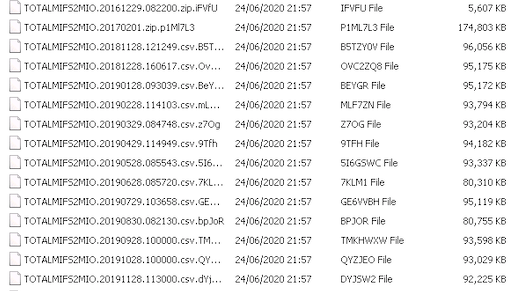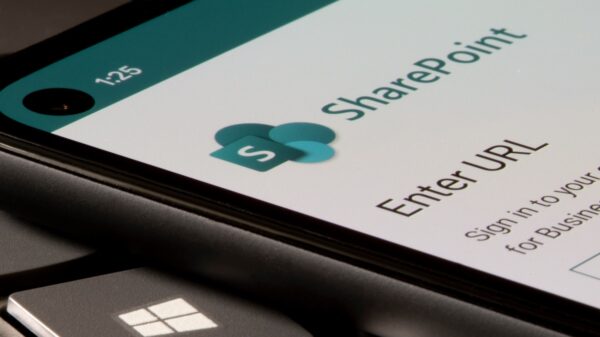Cybercriminals claim they have hacked the systems of U.S. printing giant Xerox and they are threatening to leak files stolen from the company unless they get paid.
The threat actor operating the ransomware known as Maze has published several screenshots on its website in an effort to demonstrate that it has gained access to Xerox systems.
The Maze ransomware operators aim to increase their chances of making a profit by not only encrypting victims’ files, but also stealing information from the compromised servers and threatening to make it public unless their ransom demand is met.
The fact that the cybercriminals posted Xerox’s name on their website suggests that the company did not contact them within 3 days after its files were encrypted. The attackers tell victims that their data will be leaked if they don’t respond within 7 days.
Based on the screenshots made public, the hackers appear to have stolen, among other things, financial documents and databases possibly storing user information. The dates shown in the screenshots suggest that the ransomware started encrypting files on Xerox computers on June 24.

SecurityWeek has reached out to Xerox for comment and will update this article if the company responds.
Maze ransomware operators have so far not been caught making false claims regarding which companies they have breached, although the impact of their attack may sometimes be exaggerated.
In recent months, the hackers claimed to have successfully targeted major companies such as Cognizant, Conduent and MaxLinear. One of their most recent alleged victims is LG, for which they have already released a 3.6 GB archive that supposedly contains only 1% of the data stolen from the electronics giant. While the archive is available for download from the Maze website, the file is password-protected and the hackers say they will provide the password “later.”
The threat actor has warned victims that not paying the ransom will end up costing them much more than the actual ransom if their files get leaked. MaxLinear and Conduent have been provided as examples of companies that will likely suffer significant financial losses due to their failure to collaborate with the attackers, who claim they are open to negotiations.
The University of California San Francisco (UCSF) recently admitted paying roughly $1.14 million to cybercriminals to recover data encrypted during a ransomware attack earlier this month. That attack reportedly involved NetWalker ransomware.















